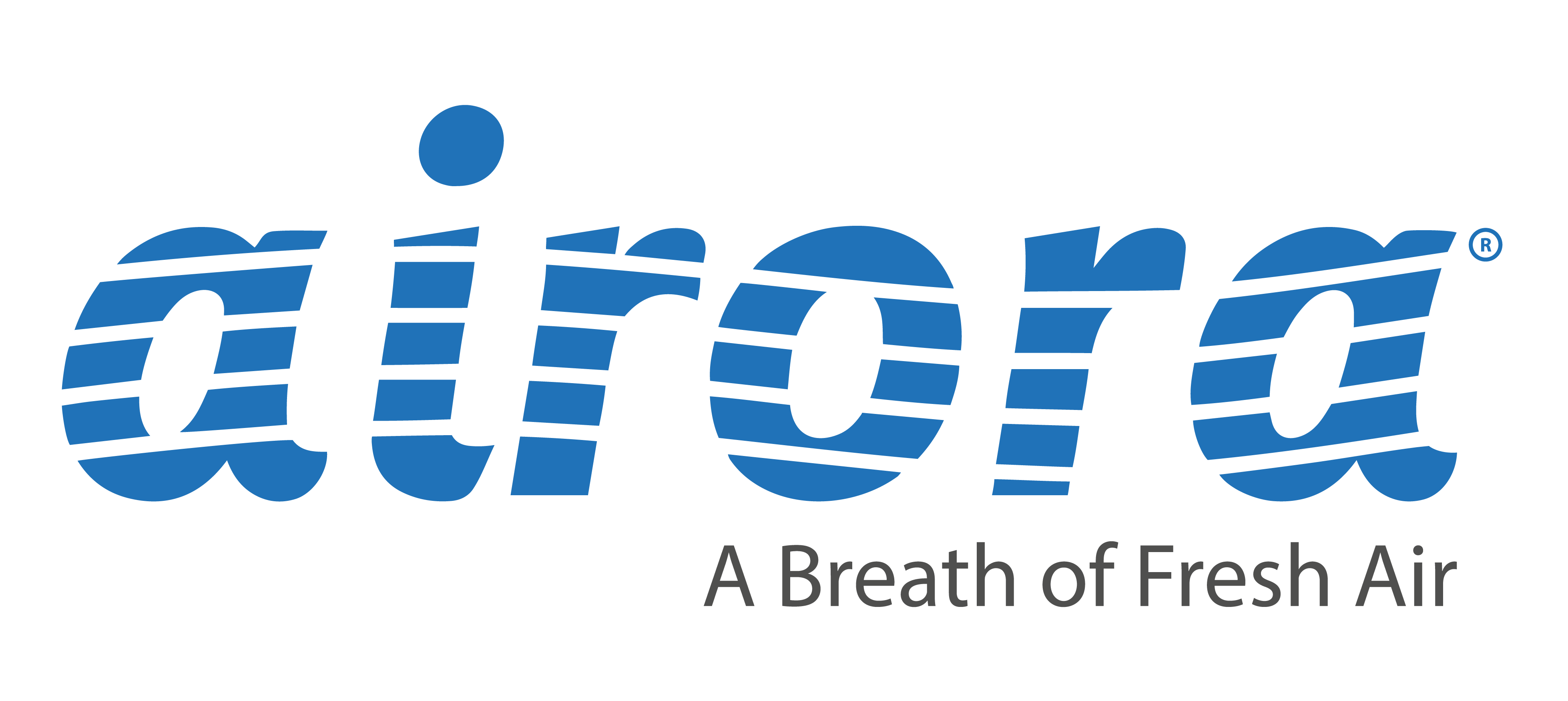Uniquely, Airora’s technology limits indoor ozone concentrations
Why the concern regarding Ozone
The gradual increase in ambient urban outdoor ozone concentrations has been matched by increased concern as regards its effects on health. While some early research has shown higher ambient ozone levels to correlate with increased respiratory distress, other more recent research correlates that negative impact to the increase in temperature which partly drives ozone levels higher. Nonetheless, concerns remain, and outdoor ozone levels are now regularly monitored along with the rise in other urban pollutants, and strategies are sometimes adopted to reduce such high levels.
As a result, interest has also grown in the impact of indoor ozone levels, which while they are typically (but not always) only 25 - 50% of the outdoor level, reflect both outdoor levels and are potentially increased by a range of common indoor devices, possibly to the point where the resultant concentration may also potentially be of concern.
Current advice and regulation
In the past, limits have commonly been set for industrial environments where ozone is produced, and this has recently been reflected in increased activity in attempting to passively control indoor ozone levels more generally.
There is no material evidence that typical indoor levels, of up to 50ppb (rated as Low / Good by the International Air Quality Index) are of concern, even for Asthmatics1,2.
However, the precautionary principle has led to some regulators requiring and others advising that the ozone output of various indoor devices should not exceed 50ppb3.
Solutions
Clearly, by passively restricting device ozone outputs to zero4, you can stop indoor ozone levels increasing artificially, but equally they may already be too high, and such a restriction doesn’t reduce that background level.
Unfortunately, by only addressing concerns regarding high levels, such passive restrictions don’t reflect any of the positive results from ozone levels typical of those we as a species evolved alongside outdoors, and which act as part of the natural atmospheric decontamination process.
For example, low levels of ozone both accelerate the reduction in potentially harmful VOCs, and through their reaction with airborne terpenes, both destroy those terpenes and create germicidal hydroxyls, which keep us safe from infections and allergens.
As in all things, balance is critical. We benefit from modest indoor levels of ozone, but equally we don’t want those levels to become so high that they become of concern.
Airora’s technology can limit indoor ozone concentration
Using advanced sensors, Airora’s technology can proactively reduce indoor ozone levels to well below 50pbb. Simultaneously, it maintains a sufficient but low level of ozone to generate a natural hydroxyl cascade. This hydroxyl cascade breaks down potentially harmful VOCs and irritants, provides infection protection, and neutralises allergens.
Airora has been thoroughly tested by independent laboratories and has consistently met all of these objectives.
You can find out all about Airora at airora.com
And contact us at support@airora.com
References
- Critical review of long-term ozone exposure and asthma development, Ke Zu, Liuhua Shi, Robyn L. Prueitt, Xiaobin Liu & Julie E. Goodman, Inhalation Toxicology, June 2018.
- Ozone Exposure and Asthma Attack in Children, Wanting Huang, Jinzhun Wu and Xiaoliang Lin, Frontiers in Paediatrics, April 2022.
- Air cleaners sold in California must be CARB certified for ozone emissions, which must be no higher than 50 parts per billion (ppb).
- Zero Ozone Emissions Validation, formerly known as UL 2998, Underwriters Laboratories.
Copyright Airora 2023 V 1.0
